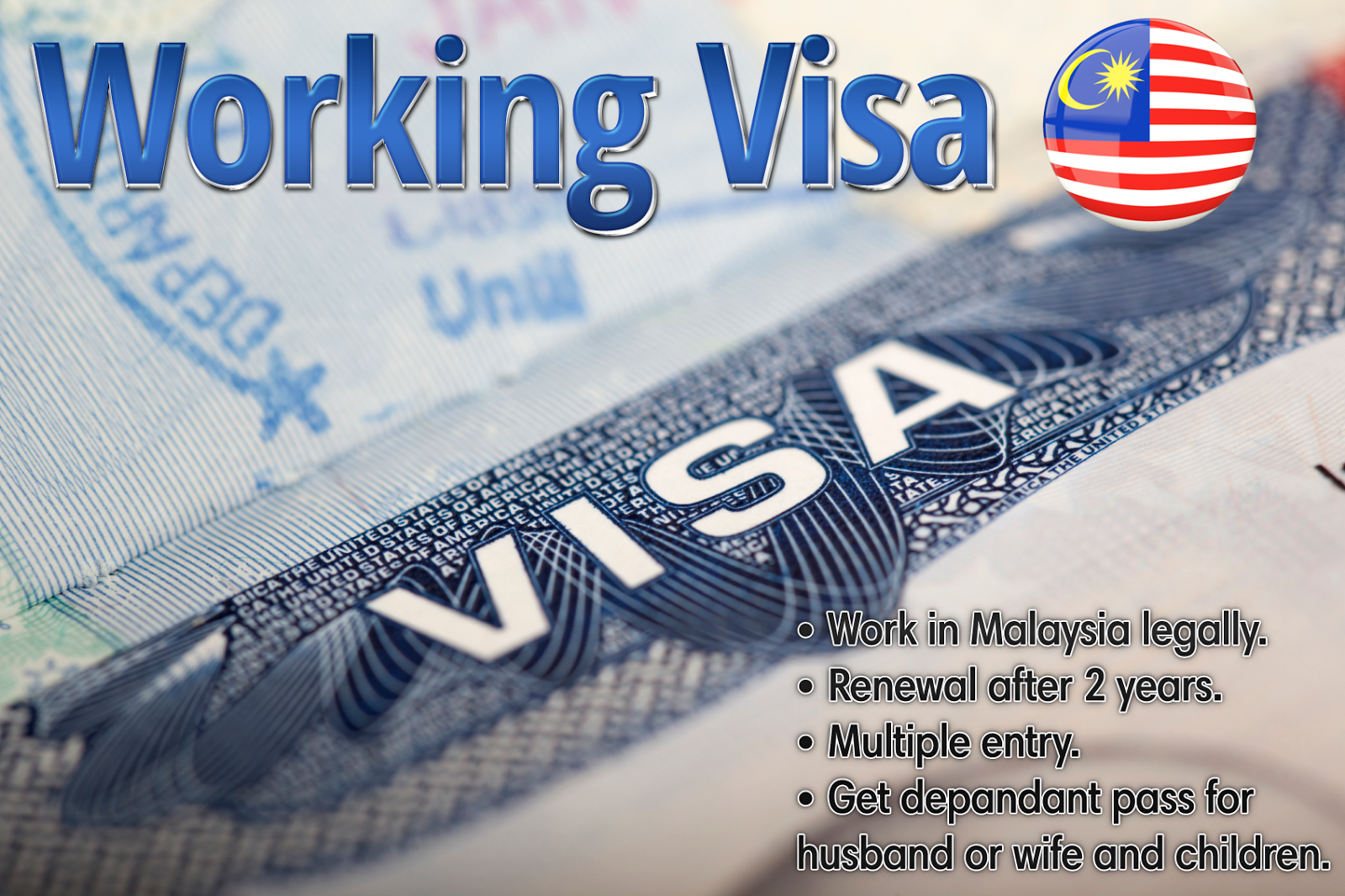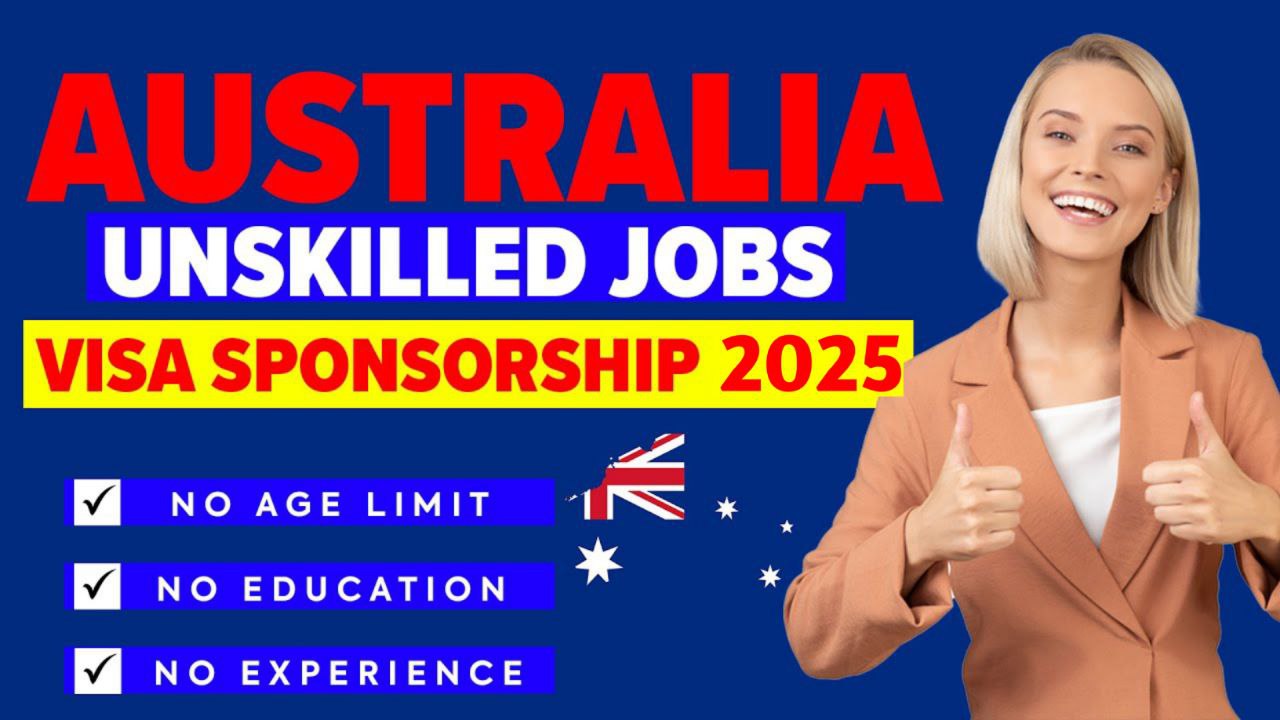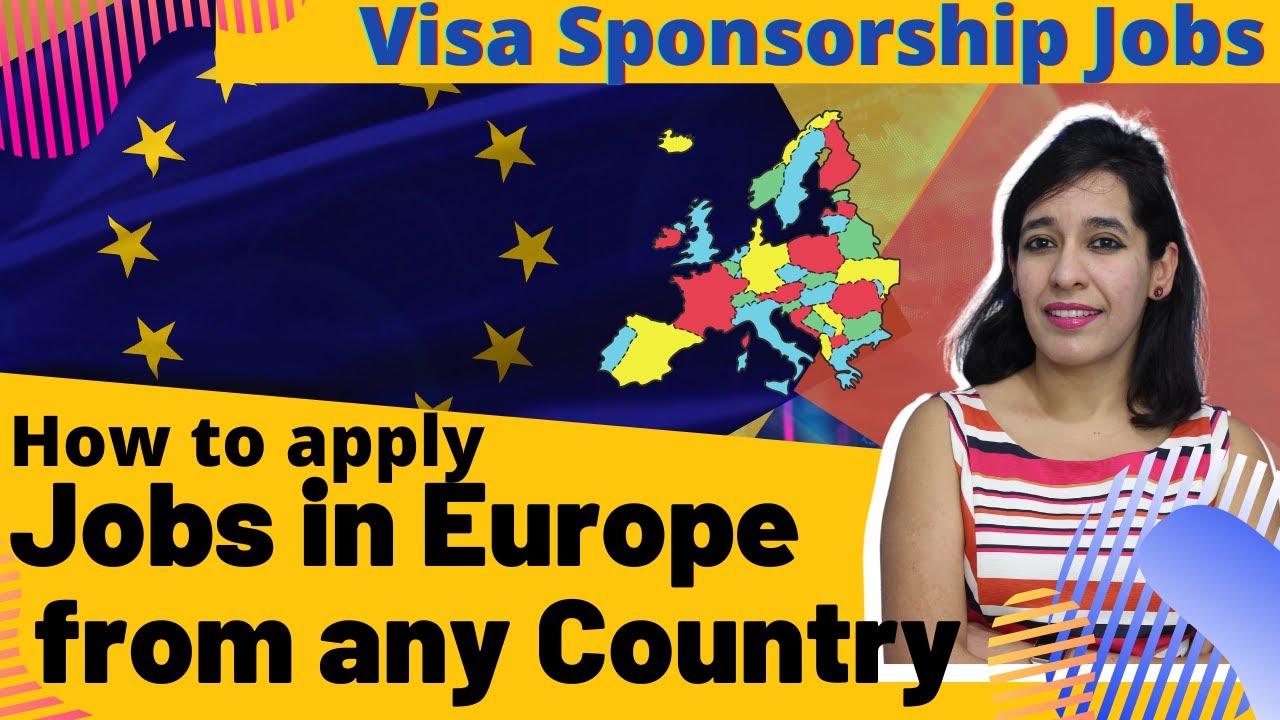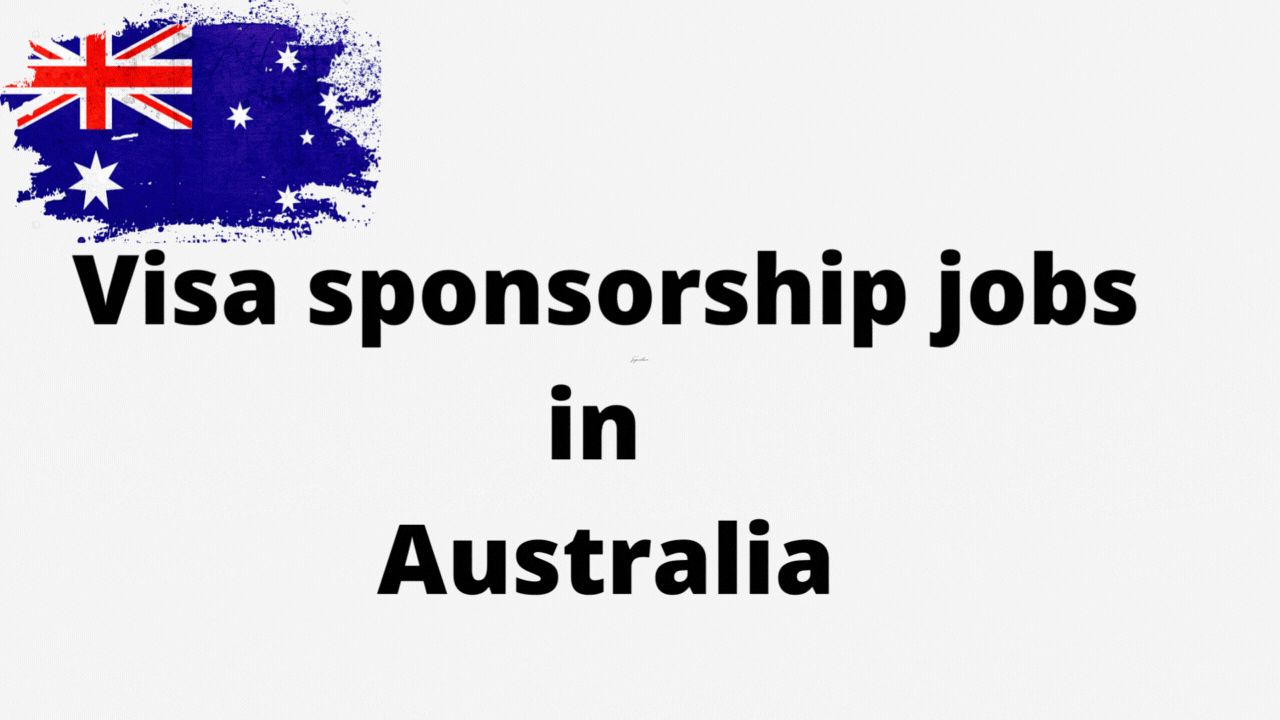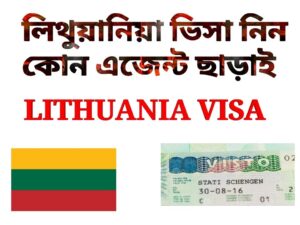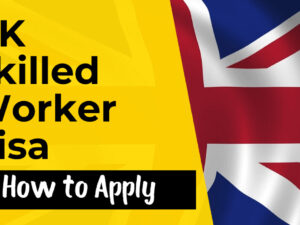For international students, securing a work visa is a gateway to gaining professional experience, funding studies, or building a global career. The best work visa programs offer streamlined processes, flexibility, and access to thriving job markets, allowing students to work during or after their studies. This guide highlights the top work visa programs worldwide, tailored for international students, with insights into eligibility, application processes, and tips for success. Drawing on the latest data from immigration authorities, job market trends, and student experiences as of April 26, 2025, this article helps you navigate opportunities to work abroad.
Why Work Visa Programs Matter for International Students
Work visa programs enable international students to:
-
Fund Education: Earn income to cover tuition, housing, and living expenses.
-
Gain Experience: Build global work experience in competitive industries.
-
Extend Stay: Transition from student to professional visas for long-term career growth.
-
Cultural Immersion: Live and work in a new country, enhancing cultural understanding.
-
Path to Residency: Some programs offer routes to permanent residency or citizenship.
Watch: Guide to Work Visas for International Students
This video explains work visa options and tips for students planning to work abroad.
Top Work Visa Programs for International Students
Below are the best work visa programs globally, selected for their accessibility, job market demand, and benefits for international students. Each includes eligibility criteria, duration, and application tips.
1. Canada: Post-Graduation Work Permit (PGWP)
-
Overview: Allows graduates from eligible Canadian institutions to work in any job for the duration of their study program (up to 3 years).
-
Eligibility:
-
Graduate from a Designated Learning Institution (DLI) with a program of at least 8 months.
-
Apply within 180 days of receiving degree confirmation.
-
Valid study permit at application.
-
-
Duration: 8 months to 3 years, based on program length (e.g., 2-year MBA grants up to 3 years).
-
Cost: CAD 255 (application fee + open work permit holder fee).
-
Job Market: High demand in tech, healthcare, and engineering; average salary CAD 60,000/year.
-
Benefits:
-
Open work permit (work for any employer, no job offer needed).
-
Pathway to permanent residency via Express Entry or Provincial Nominee Program (PNP).
-
-
Application: Apply online via Immigration, Refugees and Citizenship Canada (IRCC) portal.
-
Student Tip: Start job hunting during your studies to transition smoothly to PGWP. Use job boards like LinkedIn or Indeed.
-
Student Story: Priya, an Indian student at UBC, says, “The PGWP let me work in Vancouver’s tech scene for 3 years after my master’s. I’m now applying for permanent residency!”
2. Australia: Temporary Graduate Visa (Subclass 485)
-
Overview: Allows international graduates to work in Australia post-study, with streams for graduates and skilled workers.
-
Eligibility:
-
Graduate from a CRICOS-registered institution (degree, diploma, or trade qualification).
-
Under 50 years old.
-
Meet Australian study requirement (16 months of study in Australia).
-
-
Duration: 2–4 years (Post-Study Work stream) or 18 months (Graduate Work stream).
-
Cost: AUD 1,945 (~USD 1,290).
-
Job Market: Strong demand in healthcare, engineering, and IT; average salary AUD 90,800/year.
-
Benefits:
-
Work in any occupation (Post-Study Work stream).
-
Pathway to skilled migration visas (e.g., Subclass 189).
-
-
Application: Apply online via the Department of Home Affairs website.
-
Student Tip: Apply for the Post-Study Work stream for longer stay and flexibility. Network at university job fairs for opportunities.
-
Student Story: Carlos, a Brazilian student at UNSW, shares, “The 485 visa gave me 2 years to work in Sydney’s IT sector. I landed a job through a university career event!”
3. Germany: EU Blue Card and Temporary Work Permit
-
Overview: The EU Blue Card targets skilled professionals, while the Temporary Work Permit allows graduates to work post-study.
-
Eligibility:
-
EU Blue Card: University degree, job offer with salary of €58,400/year (€45,300 for shortage occupations like IT, healthcare).
-
Temporary Work Permit: Graduate from a German university, apply within 18 months of graduation.
-
Valid passport, proof of funds, health insurance.
-
-
Duration: EU Blue Card (up to 4 years, renewable); Temporary Work Permit (18 months).
-
Cost: €100–140 (Blue Card), €75–100 (Temporary Permit).
-
Job Market: High demand for engineers, IT professionals, and healthcare workers; average salary €50,000–€70,000/year.
-
Benefits:
-
Fast-track to permanent residency (21–33 months with German language skills).
-
Work across EU countries (after 18 months).
-
-
Application: Apply via German embassy or local Foreigners’ Office (Ausländerbehörde).
-
Student Tip: Learn basic German (A1/B1) to boost job prospects and residency chances. Use platforms like Stepstone.de for jobs.
-
Student Story: Aisha, a Nigerian student at TU Munich, says, “The Temporary Work Permit let me stay 18 months after my engineering degree. I got a job at Siemens and applied for the EU Blue Card!”
4. Singapore: Employment Pass and Work Holiday Pass
-
Overview: The Employment Pass targets skilled professionals, while the Work Holiday Pass suits students/recent graduates.
-
Eligibility:
-
Employment Pass: Job offer with salary ≥SGD 5,000/month, recognized degree, professional experience.
-
Work Holiday Pass: 18–25 years old, enrolled/graduated from top 200 global universities, valid passport.
-
-
Duration: Employment Pass (1–2 years, renewable); Work Holiday Pass (6 months).
-
Cost: SGD 105 (Employment Pass application), SGD 175 (Work Holiday Pass).
-
Job Market: Booming in finance, tech, and biotech; average salary SGD 69,000/year.
-
Benefits:
-
High salaries and low taxes (0–22%).
-
Access to Singapore’s global business hub.
-
-
Application: Employer applies via Ministry of Manpower (MOM) portal.
-
Student Tip: Target internships during studies to secure a job offer for the Employment Pass. Use JobStreet.sg for listings.
-
Student Story: Li, a Chinese student at NUS, shares, “The Work Holiday Pass let me work in Singapore’s fintech sector for 6 months. It helped me land a full-time role!”
5. New Zealand: Post-Study Work Visa
-
Overview: Allows graduates to work in any job after studying in New Zealand, with open work rights.
-
Eligibility:
-
Graduate with a Level 7+ qualification (e.g., bachelor’s degree) or Level 4–6 (at least 2 years).
-
Apply within 12 months of graduation.
-
Proof of funds (NZD 4,200).
-
-
Duration: 1–3 years, based on qualification level.
-
Cost: NZD 700.
-
Job Market: Demand in agriculture, tourism, and IT; average salary NZD 60,000/year.
-
Benefits:
-
Open work permit (no job offer required).
-
Pathway to Skilled Migrant Category visa.
-
-
Application: Apply online via Immigration New Zealand portal.
-
Student Tip: Explore opportunities in smaller cities like Wellington or Queenstown for less competition. Use Seek.co.nz for jobs.
-
Student Story: Sofia, an Argentine student at Auckland University, says, “The Post-Study Work Visa gave me 3 years to work in tourism. I’m now applying for residency!”
6. Ireland: Third Level Graduate Programme
-
Overview: Permits non-EU graduates to stay and work in Ireland post-study, with no age restrictions.
-
Eligibility:
-
Graduate from an Irish higher education institution (Level 8–10).
-
Apply within 12 months of graduation.
-
Valid passport, proof of degree.
-
-
Duration: 12 months (Level 8), 24 months (Level 9/10).
-
Cost: €300 (Stamp 1G registration).
-
Job Market: Strong in tech, pharmaceuticals, and finance; average salary €44,200/year.
-
Benefits:
-
Work in any sector without a job offer.
-
Pathway to Critical Skills Employment Permit.
-
-
Application: Apply via Irish Naturalisation and Immigration Service (INIS).
-
Student Tip: Focus on Dublin’s tech hub for jobs at companies like Google or Accenture. Attend career fairs for networking.
-
Student Story: Chidi, a Nigerian student at UCD, shares, “The 24-month permit let me work at a Dublin startup. I’m now on a Critical Skills permit!”
7. Estonia: Digital Nomad Visa (D Visa)
-
Overview: Designed for remote workers and freelancers, ideal for students with online side hustles.
-
Eligibility:
-
Proof of remote work (e.g., freelance contracts, employment outside Estonia).
-
Monthly income ≥€3,504 (2025 threshold).
-
Valid health insurance, accommodation proof.
-
-
Duration: Up to 1 year (non-renewable, but can apply for residence permit).
-
Cost: €80–100.
-
Job Market: Growing tech and startup scene; average salary €30,000/year.
-
Benefits:
-
Live in a digital-friendly country with fast internet.
-
Access to e-Residency for business setup.
-
-
Application: Apply via Estonian embassy or Police and Border Guard Board.
-
Student Tip: Combine studies with freelance work to qualify. Use Work in Estonia portal for job leads.
-
Student Story: Emma, a US student, says, “I used the Digital Nomad Visa to freelance in Tallinn while finishing my online degree. The tech community is amazing!”
How to Choose the Right Work Visa Program
Consider these factors when selecting a work visa program:
-
Career Goals: Align with industries in demand (e.g., tech in Canada, finance in Singapore).
-
Duration: Longer visas (e.g., Canada’s 3-year PGWP) offer more flexibility.
-
Cost: Budget for application fees and living expenses (e.g., Singapore’s low taxes vs. Canada’s higher costs).
-
Residency Pathways: Prioritize programs with clear routes to permanent residency (e.g., Germany, Australia).
-
Language: English-speaking countries (e.g., Ireland, New Zealand) are easier for non-native speakers.
-
Location: Choose based on proximity to your study destination or cultural preferences.
Tips for Securing a Work Visa as an International Student
-
Start Early: Research visa options 6–12 months before graduation to meet deadlines.
-
Network: Attend job fairs, use LinkedIn, and connect with university alumni for job leads.
-
Secure a Job Offer: Many visas (e.g., Singapore Employment Pass) require employer sponsorship.
-
Tailor Your CV: Highlight skills matching in-demand sectors (e.g., IT, healthcare).
-
Learn Local Language: Basic proficiency (e.g., German, Mandarin) boosts employability.
-
Use University Resources: Career offices often provide visa guidance and job listings.
-
Check Eligibility: Ensure your program/institution qualifies (e.g., DLI for Canada, CRICOS for Australia).
-
Hire Experts: Consult immigration lawyers or agencies like Y-Axis for complex applications.
-
Stay Updated: Follow immigration portals or X posts (e.g., @visajobshq) for policy changes.
-
Prepare Documents: Gather transcripts, job offers, and financial proof in advance.
Watch: Tips for Work Visa Applications
This video shares strategies to navigate work visa applications successfully.
Challenges and How to Overcome Them
-
Complex Processes: Solution: Use online guides (e.g., www.uscis.gov) or consult experts.
-
Job Offer Requirements: Solution: Apply for internships or part-time roles during studies to secure offers.
-
High Costs: Solution: Target countries with low fees (e.g., Estonia) or scholarships to offset expenses.
-
Language Barriers: Solution: Take language courses or focus on English-speaking countries.
-
Visa Denials: Solution: Double-check eligibility and documents; appeal or reapply with corrections.
Frequently Asked Questions (FAQs)
-
Which country has the easiest work visa for international students?
Canada (PGWP) and Ireland (Third Level Graduate Programme) are among the easiest due to open work permits and minimal requirements. -
Can I work while studying abroad?
Yes, many countries allow part-time work (e.g., 20 hours/week in Canada, 24 hours/week in Ireland) on student visas. -
Do I need a job offer for a work visa?
Not always. Open work permits (e.g., Canada PGWP, New Zealand Post-Study Work Visa) don’t require job offers. -
How much do work visas cost?
Costs vary: CAD 255 (Canada), AUD 1,945 (Australia), €100 (Germany), SGD 105 (Singapore). -
Can work visas lead to permanent residency?
Yes, in countries like Canada, Australia, Germany, and New Zealand, work experience can qualify you for residency. -
What jobs are in demand for work visas?
Tech, healthcare, engineering, and finance are high-demand sectors globally. -
How long does it take to get a work visa?
Processing times vary: 4–12 weeks (Canada PGWP), 1–3 months (Australia 485), 2–8 weeks (Germany). Check official portals. -
Can I freelance on a work visa?
Yes, in countries like Estonia (Digital Nomad Visa) or Germany (artist/freelancer visa). -
What if my visa application is rejected?
Review denial reasons, correct errors, and reapply or appeal. Consult an immigration expert. -
Are digital nomad visas suitable for students?
Yes, if you have remote work or freelance income (e.g., Estonia’s D Visa).
Launch Your Global Career Today!
Work visa programs open doors to international careers for students. Take these steps to get started:
-
Research Options: Visit official immigration portals (e.g., www.canada.ca, www.homeaffairs.gov.au) for eligibility details.
-
Network: Join LinkedIn groups or X communities like @visajobshq for job and visa updates.
-
Apply Early: Submit applications 3–6 months before graduation to avoid delays.
-
Seek Guidance: Contact university career offices or consultants like Y-Axis for support.
Your global career awaits—choose a work visa program and start building your future abroad Now!
